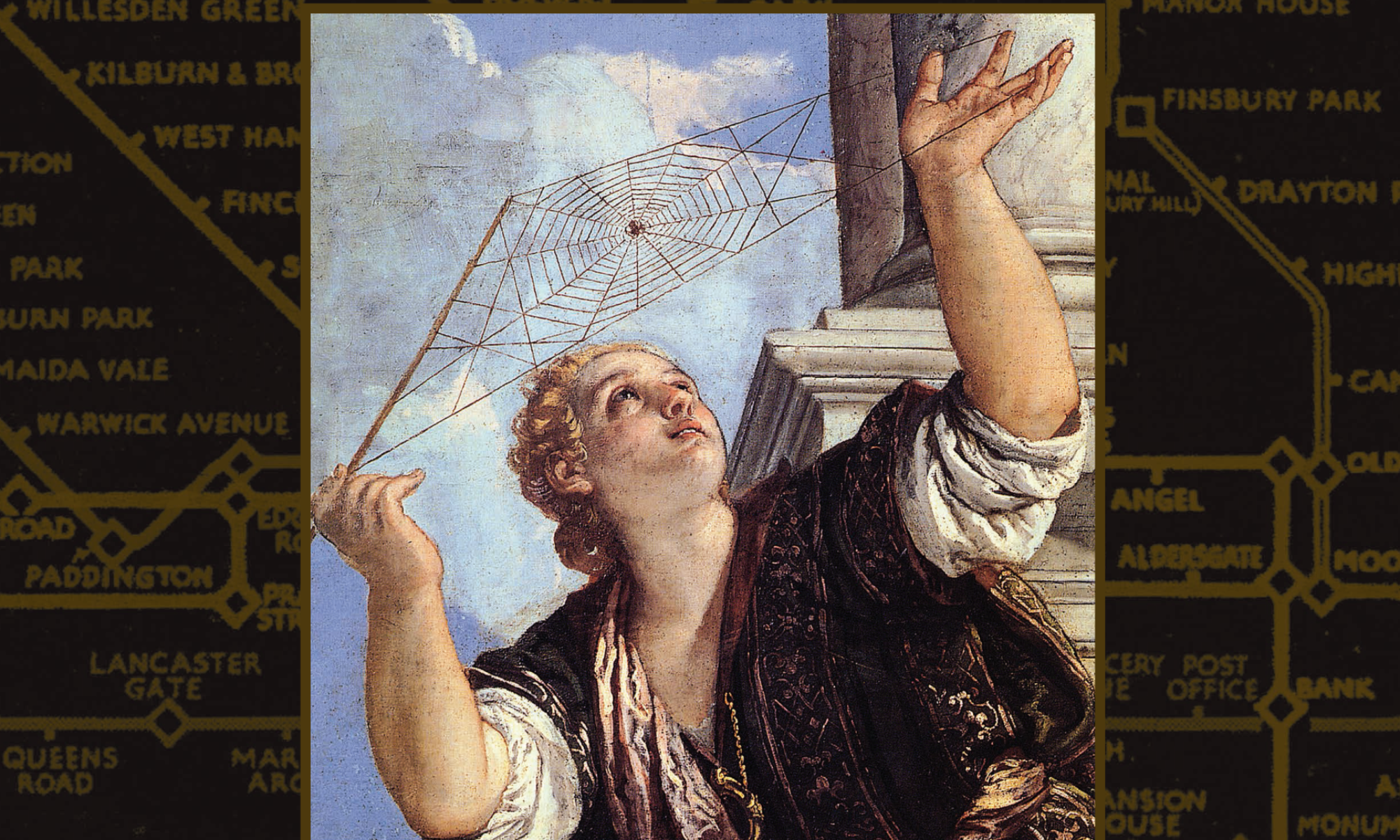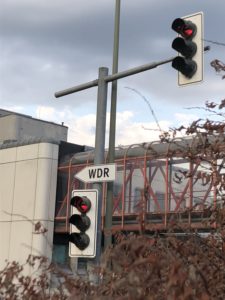Ab April werde ich für ein halbes Jahr am Bochumer Center for Advanced Internet Studies (CAIS) zu Gast sein. Mein Forschungsvorhaben widmet sich Geschichte und Theorie des digitalen Bezahlens. Es geht davon aus, dass die Digitalisierung der Zahlungssysteme in drei großen Schüben stattgefunden hat, angefangen mit erstens dem Aufbau computerbasierter Infrastrukturen zum Prozessieren von Kreditkartenzahlungen ab 1968, fortgesetzt mit zweitens der Standardisierung von chip-basierten Bezahlkarten in den 1990er Jahren und drittens mit der weiten Etablierung mobiltelefonbasierter Bezahlsysteme und neuer digitaler Währungen seit 2010. Diese bereits über 50-jährige Mediengeschichte des digitalen Bezahlens rekonstruiert das Forschungsprojekt vor dem Hintergrund der aktuellen Konvergenz mobiler Zahlungssysteme mit Blockchain-Infrastrukturen, wie sie exemplarisch durch das von Facebook begründete Libra-Konsortium herbeigeführt werden soll.
Während die Infrastrukturen, die auf Plastikdebit und -kreditkarten basieren, als „legacy systems“ weiterhin einen Großteil der digitalen Transaktionen weltweit bestimmen, befindet sich die Welt der Zahlungssysteme aktuell in einer fundamentalen medientechnologischen Transformation. Seitdem der Bitcoin als dezentrale Kryptowährung und Spekulationsobjekt – trotz oder wegen enormer Wertschwankungen – reüssiert hat, haben „Financial Technologies“ bzw. Fintechs Konjunktur. Deutschland erreichen die Innovationen im digitalen Bezahlen – z.B. in Gestalt neuer, app-basierten Banken – in der Regel mit Verspätung. Das Forschungsprojekt wird zeigen, dass diese im internationalen Vergleich langsame Transformation der Medienpraktiken des Bezahlens typisch für die nachkriegsdeutsche Finanzmediengeschichte ist. So opponierten gegen die Zahlung per Kreditkarte Privat-, Genossenschaftsbanken und Sparkassen seit Beginn der 1970er Jahre – zugunsten des Girokontos und des papiernen eurocheque-basierten mobilen Bezahlens. Was im Zuge der Krisendiskurse zum Stand der Digitalisierung in Deutschland oberflächlich als eine Bestätigung von Rückständigkeit erscheinen mag, ist für die medientheoretische Perspektivierung von „multiplicities of money“, die alte und neue Gelder nicht strikt trennt, erkenntnistheoretisch von Vorteil (Guyer 2004; Mauss 2015; Blumentrath u. a. 2019).
Medientheoretisch fokussiert das Projekt daher auf das Verhältnis von Infrastrukturen und Praktiken des Bezahlens. Was (digitales) Geld im Alltag ist, lässt sich nicht geldtheoretisch abstrakt beantworten, sondern im Sinne eines „practice turn“ der Medienforschung (Bergermann u. a. 2020) nur entlang der konkreten Praktiken, Interaktionsordnungen, (digitalen) Infrastrukturen, Interfaces, Buchführungsprozeduren und institutionellen Vollzügen von Rechts- und Regelsystemen. Zu dieser Perspektivierung von Geld als infrastrukturellem Medium gehört spiegelbildlich dessen Charakter als öffentlich-rechtliches Medium, der durch die Digitalisierung des Bezahlens aber fundamental infrage steht. Die mit der Bargeldzirkulation gegebenen Garantien – etwa der Urkundenstatus des Geldscheins (Schröter 2015) – sind in digital-vernetzter Buchführung und app-basiertem Bezahlen kaum mehr abbildbar. Andere Vertrauensmechanismen füllen diese Lücke, führen aber zu Kaskaden des Registrierens und Identifizierens: Immer weitere Nichtreproduzierbarkeits-, Sicherheits- und Zertifizierungsmerkmale kennzeichen die privatwirtschaftlich betriebenen Infrastrukturen des digitalen Geldes. Ihre soziotechnische Prüfbarkeit ist als gesellschaftliches Legitimationsproblem noch kaum erkannt worden, außer im ursprünglichen Design von Blockchains als jederzeit überprüfbaren verschlüsselt-verteilten Transaktionsverzeichnissen. Die Geschichte und Theorie des digitalen Bezahlens soll dafür ein kritisches Bewusstsein schaffen, denn digitale Infrastrukturen verändern den öffentlichen Charakter des Geldes zugunsten der massiven Personalisierung, Datafizierung und Appifizierung von Bezahlmedien. Folgende Fragestellungen instruieren die Arbeit im Detail:
- Wie lassen sich die drei Transformationen des digitalen Bezahlens medien- und sozialhistorisch kontextualisieren und begründen?
- Wie konfiguriert sich das Verhältnis von Praktiken und Infrastrukturen des Bezahlens jeweils neu?
- Wie vollzieht sich die Personalisierung, Datafizierung und Appifizierung des Geldes, d.h. wie werden Konten und Personen als Grundelement sozialer Medien verknüpft?
- Welche sozialen Stratifikationen, Klassifikationen, Markt- und Kapitalgefüge werden durch die neuen infrastrukturellen Medien des öffentlichen Mediums Geld geschaffen?
„Geschichte und Theorie des digitalen Bezahlens“ weiterlesen






